By Ron Walsh and Jeff Brocklebank.
When it comes to managing cash flow, construction companies face significant challenges. Taking these realities into account, the income tax rules offer two ways to defer tax: the completed contract method of project revenue and cost recognition, and holdback recognition.
COMPLETED CONTRACTS
Contractors may elect to compute profit for tax purposes at the completion of a project. For large projects, this means that recognition of profit for accounting and tax purposes can occur at different times. On the accounting side, construction companies must usually recognize revenue over the course of the project, based on the estimated percentage completed.
When a construction business is expanding, the completed contract method improves cash flow by postponing the obligation to pay tax on construction profit until each project completes. In the case of very large projects, the deferral could extend for a few years.
Even in an expanding construction business, if several projects complete within a taxation year, the tax deferral may end at a time when new ones are only beginning to ramp up. Conversely, if construction activity is winding down, the tax deferral may also come to an end. Either way, the deferred tax will become payable and result in a cash outlay.
The completed contract method lets you defer a potentially significant tax payment until after a project completes, helping manage cash flow over the life of the project. To avoid unintended liquidity challenges when construction volume is declining or more projects complete than commence, it’s essential to prepare and regularly update cash flow forecasts.
HOLDBACKS
Generally speaking, holdbacks receivable from customers aren’t included in income, while holdbacks payable to subcontractors aren’t deductible expenses. Unlike the completed contract method, which is a choice, this method of accounting for holdbacks is compulsory under the tax rules.
Holdbacks receivable typically exceed holdbacks payable, giving rise to the deferral of income for tax purposes.
Similar to completed contracts, once holdbacks from customers have been received and all holdbacks to suppliers paid, the difference will be recognized as income for tax purposes, resulting in a tax obligation.
REORGANIZATIONS
Like other businesses, construction companies often have sound reasons for restructuring their ownership entity. Such a reorganization can speed up recognition of income, whether from the tax accounting for completed contracts or on the holdbacks.
Before starting any restructuring, it’s essential to identify the cash flow implications, including the timing of tax payments.
CASH FLOW FORECASTING
Cash flow forecasting is an important part of managing any business. This is particularly true in the construction industry because the timing of tax liabilities doesn’t automatically coincide with the timing of work performed.
HOW WALSH KING CAN HELP
As an adviser to construction companies, we can assist in anticipating cash flow issues, developing cash flow models, and determining the tax strategy that best fits your business. To learn more, contact us today.
Posted in Strategic Insights


